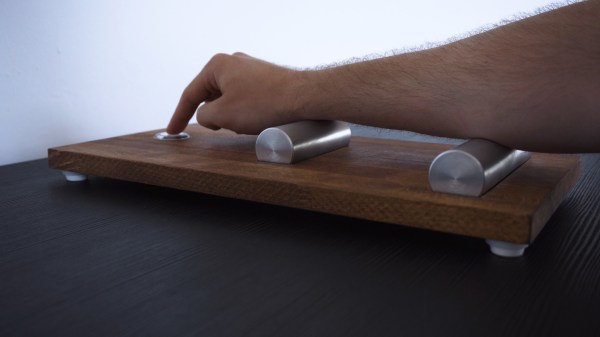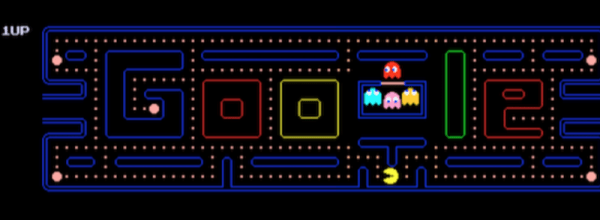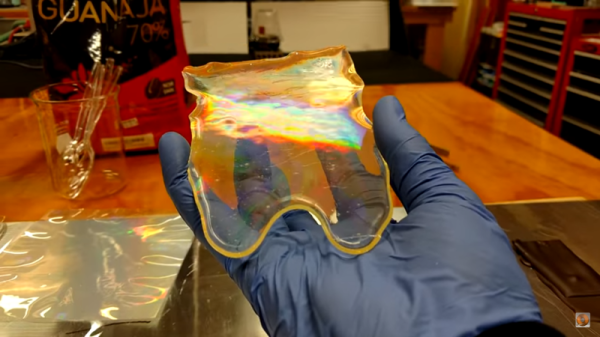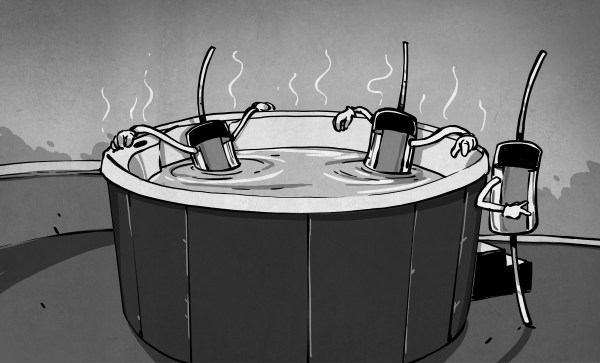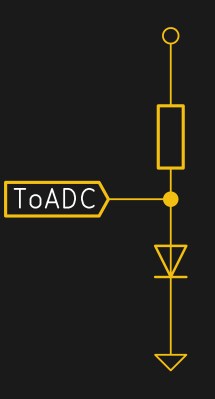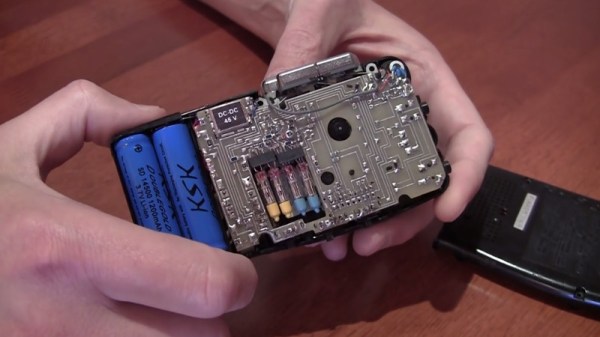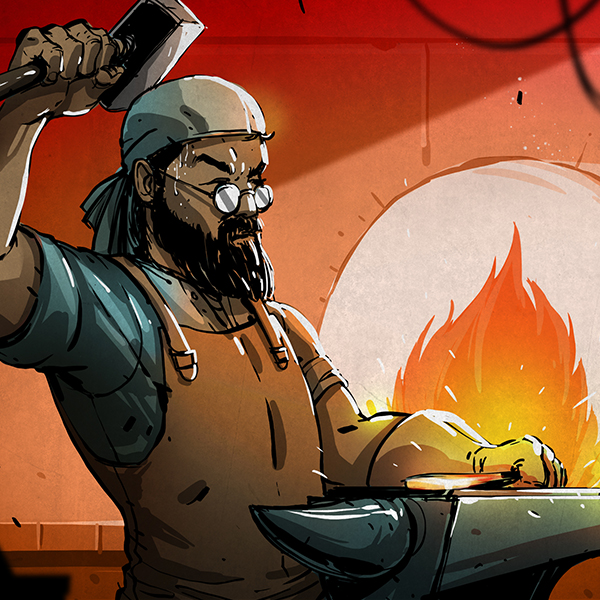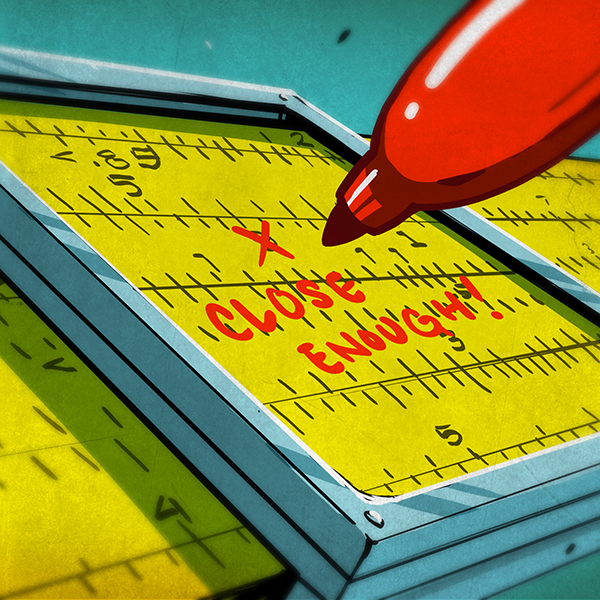Hackaday is hosting a full conference in Belgrade, Serbia, on 26 May. Today we’re excited to announce the workshops that will take place at Hackaday Belgrade. Workshop tickets are available now, but space is extremely limited and we expect these workshops to fill up fast so purchase your ticket right now!
Details of each workshop are listed below. Topics this year include bringing art to your PCB designs, learning the fundamentals of e-textiles, and getting up-to-speed with FPGAs.
You must have a Hackaday Belgrade ticket in order to purchase a workshop ticket. This is our premier European conference, with the best hardware and technology culture you’ll find anywhere. We think of it as a Hacker Village that comes together for one incredible weekend in May. There will be a bar meetup the night before, talks and workshops all day on Saturday, followed by IDM and DJ sets during the hardware badge hacking which goes late into the night. In addition to the experience of being around a critical mass of excellent people, we’ll have refreshments and food throughout and the conference badge you’ll get is a piece of custom electronics for you to play with and hack on throughout the day.
It’s entertainment. It’s professional development. It’s the crowd of people you’ve always wanted to hang out with. This isn’t hype, it’s Hackaday Belgrade.
Creating Art in PCB
Brian Benchoff
This workshop will guide attendees through the process of creating art in PCBs. Topics covered will be the layer stackup of the modern PCB (copper, fiberglass, soldermask, and silkscreen), the current state-of-the-art using Chinese board houses, and how to implement graphics in PCB art using KiCad.
Interactive Poetic Glove
Lavoslava Benčić
In this e-textile workshop, participants will create a unique interactive wearable that generates sounds of various frequencies and responds to the touch (pressure). This includes learning about electronic elements and circuits with emphasis on the capacitive, conductive, and resistive properties of fabrics and yarns.
FPGA Development 101
Miodrag Milanovic
This workshop will show the capabilities of FPGA devices, providing an introduction into FPGA tools used and the Verilog hardware description language. We will go through prepared examples and show the differences in approach when doing design for FPGA and MCU.
Hackaday events always sell out so don’t wait to buy a ticket. Of all the things you could do this year, the Hackaday Belgrade Conference is one that’s worth disrupting your normal routine and making a pilgrimage — we “get” you and we want to see you at the con!

